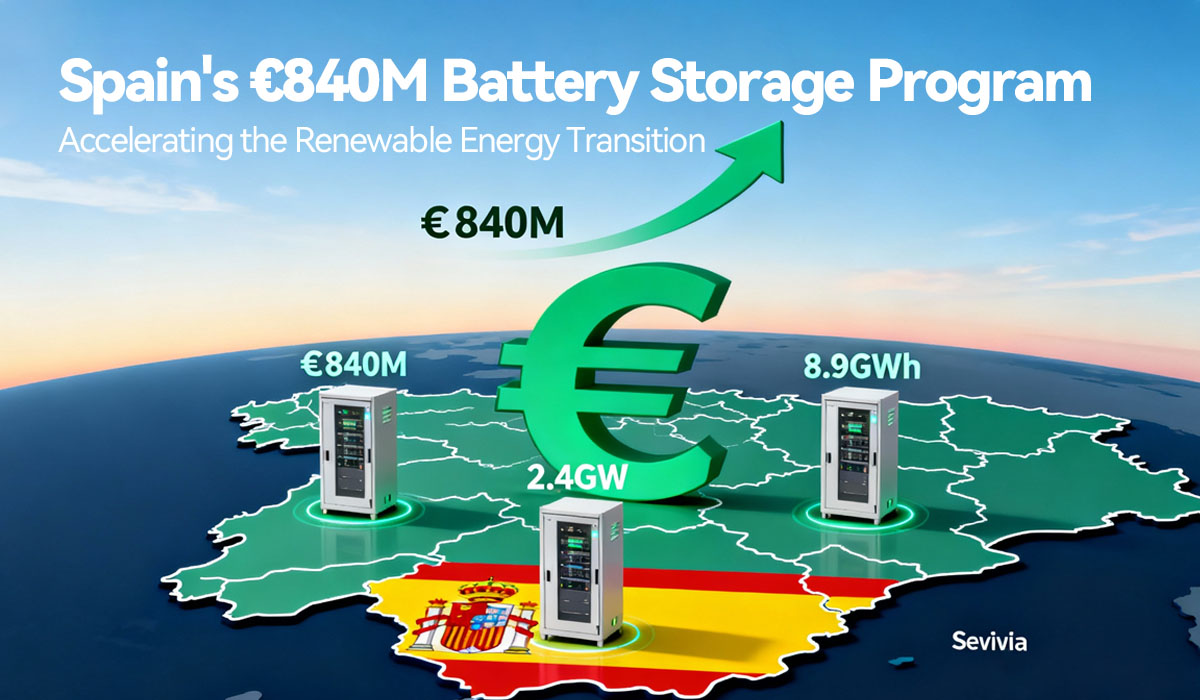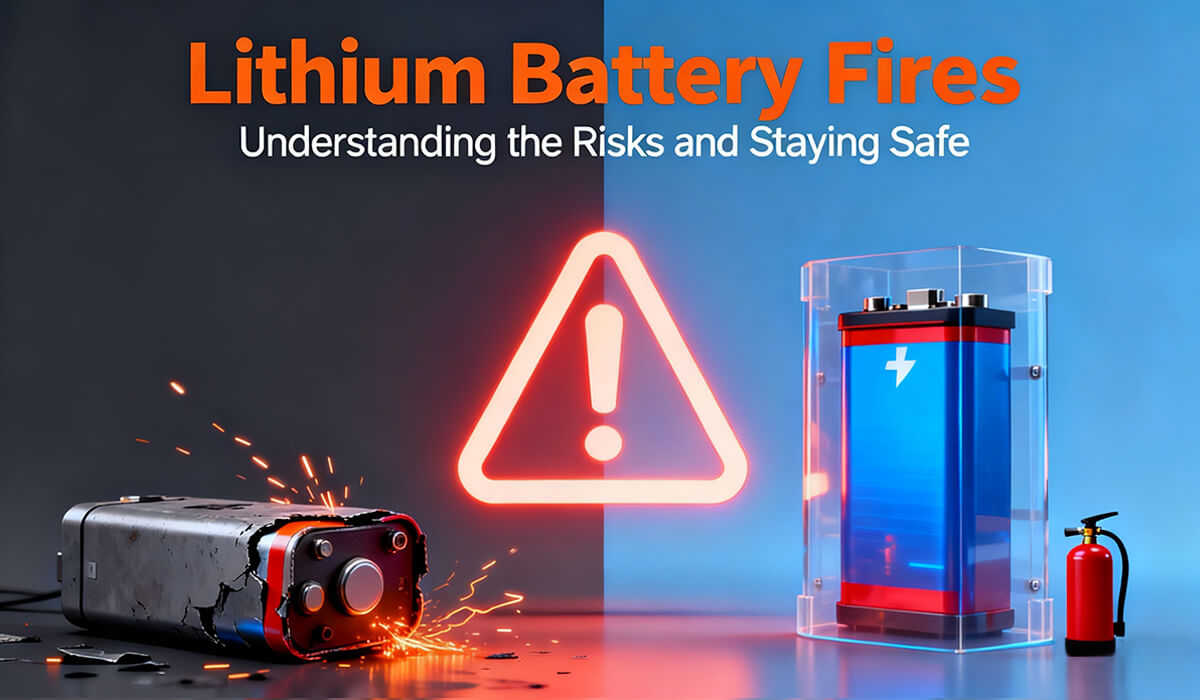Blog
Blog
Whole Home Battery Backup Cost: Your Ultimate Guide to Affordable Power Security
Published by Dawnice, October 13, 2025
Have you ever been stuck in a blackout, wondering how to keep your lights on, fridge running, or home office powered? With extreme weather events and grid instability on the rise, more homeowners are considering a whole home battery backup system as a reliable solution. But how much does it actually cost, and how do you choose the right one without overspending? In this guide, we’ll break down everything you need to know—from costs and key features to practical tips for selecting the perfect system for your home.
What Is a Whole-Home Battery Backup System?
A whole house UPS (uninterruptible power supply) or battery backup system is essentially a large-scale battery that stores electricity to power your home during an outage. Unlike portable generators, these systems are silent, emission-free, and can integrate with your electrical panel to provide seamless backup power. Whether you’re looking for a battery backup for power outages or pairing it with solar panels, understanding the basics is the first step.
Factors That Affect the Cost of a Whole House Battery Backup System
The price of a home battery backup system isn’t one-size-fits-all. Several factors influence the final cost, so let’s explore the main ones.
Battery Size and Capacity
The battery size determines how much energy you can store and use. Larger capacities mean higher costs but longer backup times.
– Small systems (e.g., 10 kWh): Ideal for essential loads like lights and refrigerators.
– Large systems (e.g., 20+ kWh): Can power entire homes, including HVAC systems.
Key takeaway: Assess your energy needs to avoid over- or under-sizing your system.
Battery Chemistry and Efficiency
Different battery chemistries offer varying performance, lifespan, and costs. Here’s a quick comparison:
| Chemistry Type | Efficiency | Lifespan (Cycles) | Cost Range | Best For |
|---|---|---|---|---|
| Lithium-Ion | 90-95% | 5,000-10,000 | $$$ | Whole-home backup, solar integration |
| Lead-Acid | 70-85% | 500-1,500 | $ | Budget options, limited usage |
| Saltwater | 80-90% | 3,000-5,000 | $$ | Eco-friendly homes |
Lithium-ion batteries are the most popular due to their high efficiency and long life, while lead-acid offers a lower upfront cost.
Generating Electricity During a Blackout
How your system generates power also affects cost. Options include:
– Solar power battery backup: Uses solar panels to recharge batteries.
– Standalone battery storage: Relies on the grid for charging.
– Hybrid systems: Combine solar with grid or generator support.
Expected Lifespan and Warranty
A system’s lifespan is measured in cycles (charge/discharge). Most lithium-ion systems last 10-15 years. Always check the warranty—look for at least 10 years of coverage.
Which Whole House Battery Backup System Is Right for You?
Choosing the best system depends on your home’s needs, budget, and goals. Here’s a breakdown to help you decide.
Most Powerful and Scalable Systems
If you have a large home or high energy demands, consider scalable systems like the Tesla Powerwall or Generac PWRcell. These allow you to add more batteries over time.
Best for Whole-Home Integration
For seamless integration with your existing electrical system, look into whole house UPS options that support smart home features and automatic switching during outages.
Best Price and Value
Budget-conscious shoppers might prefer standalone battery storage or smaller systems like the Goal Zero Yeti for partial home backup.
How to Compare Whole-Home Backup Batteries
When comparing options, focus on these key aspects:
– Cost of home battery storage: Get multiple quotes and consider installation fees.
– Battery storage price per kWh: Calculate based on capacity to compare fairly.
– Warranty and support: Longer warranties often indicate better quality.
– Compatibility: Ensure the system works with your home’s setup (e.g., battery backup for gas furnace or elevator).
– User reviews and brand reputation: Stick with reputable brands for reliability.
Calculating Your Power Needs: A Simple Guide
To avoid overspending, estimate your energy usage accurately. Here’s a step-by-step process with a concrete formula:
- List Essential Appliances: Identify which devices you need to power during an outage (e.g., refrigerator, lights, modem, furnace fan, well pump).
- Check Their Power Ratings: Find the wattage (W) of each appliance, usually on a label or in the manual. Note that some appliances (like refrigerators and pumps) have a much higher starting wattage than their running wattage.
- Calculate Your Total Energy Demand: This is the most critical step. Use the following formula for each appliance, then sum them up.
Core Calculation Formula:
Total Energy Needed (Watt-hours, Wh) = ∑ [ Appliance Wattage (Watts, W) × Hours of Use (h) ]Let’s create a practical example table:
Appliance Wattage (W) Est. Hours of Use (h) Total Energy (Wh) Refrigerator 150 4 600 LED Lights (5 bulbs) 25 4 100 Router/Modem 10 4 40 Gas Furnace Fan 700 2 1400 Phone Charger 10 2 20 Total 2160 Wh In this example, you would need approximately 2.16 kWh to run these essentials for the specified time. Remember to use the running wattage for this calculation, but ensure your battery’s peak power output can handle the highest starting wattage of any appliance (like the furnace fan).
- Add a Buffer for Safety: System inefficiencies and unexpected usage happen. Add a 20-25% buffer to your calculated total.
(Final Battery Capacity Needed) = (Total Wh) × 1.25
In our example: 2.16 kWh × 1.25 = 2.7 kWh
This final number gives you a realistic estimate of the battery capacity you should be shopping for.
Additional Considerations for Your Battery Backup System
Don’t forget these often-overlooked factors:
– Installation costs: Can range from $1,000 to $5,000 depending on complexity.
– Maintenance: Most modern systems are low-maintenance, but check requirements.
– Incentives and rebates: Look for federal or state programs to reduce home battery backup cost.
– Future expansion: Opt for scalable systems if you plan to add solar or increase capacity.
Conclusion: Empower Your Home with the Right Backup
Investing in a home battery backup system is a smart move for energy independence and peace of mind. By understanding the costs, comparing options, and calculating your needs, you can find a system that fits your budget and lifestyle. Whether you’re looking for a whole house battery backup without solar or a full solar-integrated setup, start by assessing your priorities and consulting with a professional.
Ready to take the next step? Reach out to Dawnice—a professional lithium-battery manufacturer with over 14 years of manufacturing experience. Boasting complete certifications and reliable after-sales support, Dawnice provides high-quality energy storage battery equipment for both residential and commercial use. Partner with us to make your informed decision on energy storage, and secure a reliable power backup solution for your home or business!






